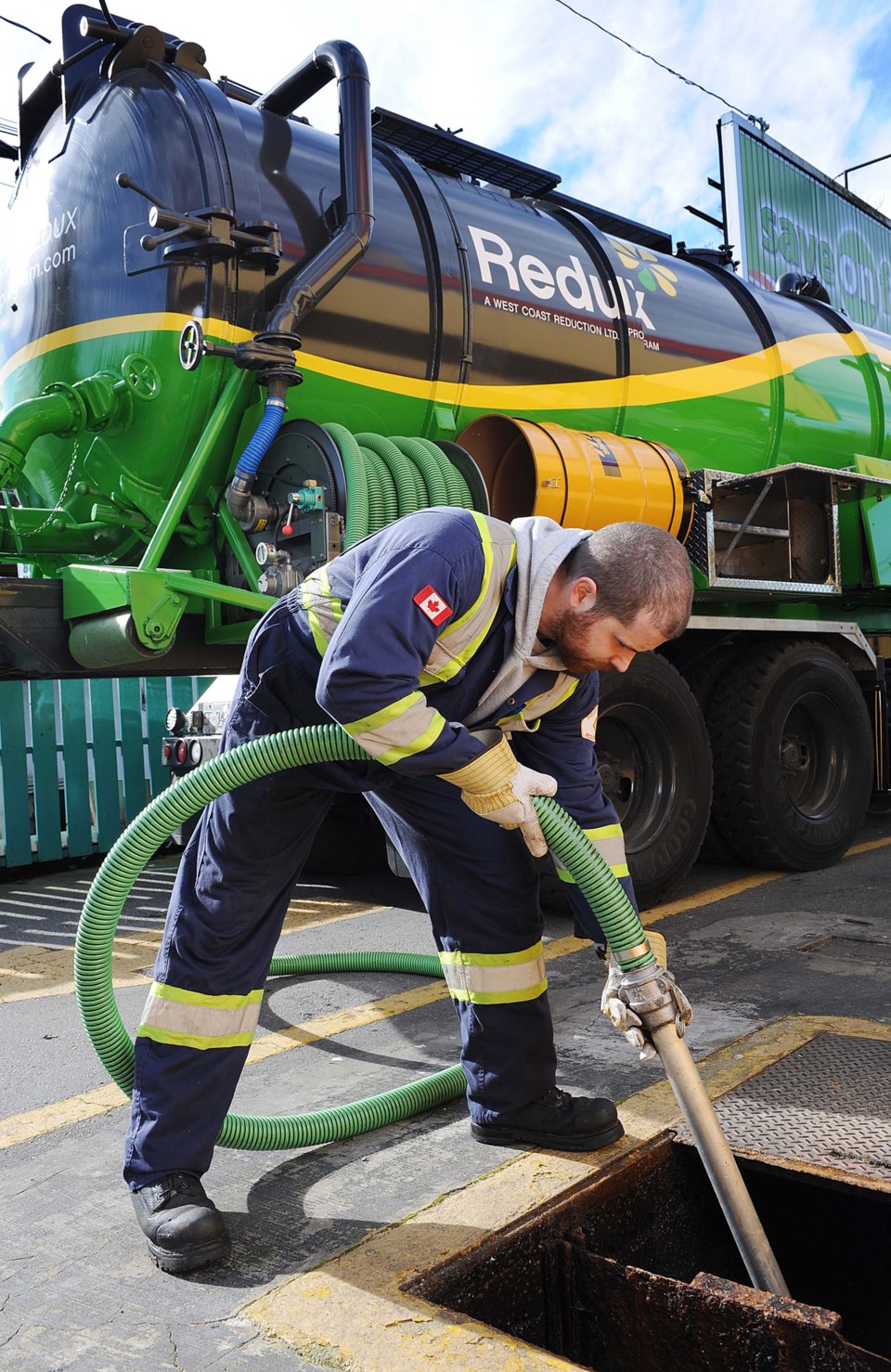How Now Green Cow
How Now Green Cow is examining global heating and how our dinners are shaping, and are being shaped by, the climate crisis. Got a food and climate question? Send it to [email protected] so it can be addressed in a future story.
I dumped a pot of rice into the trash a few weeks ago. I made too much of it, and didn’t want to finish it. In doing so, I also threw out all the time, energy, and money I spent making it, and guaranteed that it would turn into heat-trapping pollution in the landfill instead of energy in my guts. What a waste!
Canadians waste about 35.5 million tonnes of food a year, Second Harvest reports — enough food to feed everyone in the country for five months. That wasted food costs about $49.5 billion, or just over half of what we spend on food in a year. Once it reaches the landfill, that waste turns into some 56.5 million tonnes of heat-trapping pollution — the equivalent of every person in St. Albert setting fire to 4.4 rail-cars' worth of coal (the U.S. EPA's emissions calculator estimates).
Second Harvest estimates 32 per cent of food waste can be prevented. This week’s How Now Green Cow will take a quick look at how we can fill our bellies and bank accounts by cutting food waste.
Manufacturing
About 49 per cent of preventable food waste happens during production and processing, Second Harvest reports.
“A significant amount of food never makes it into the customer’s hands,” said Jared Girman, director of strategic initiatives for West Coast Reduction, one of the main collectors of industrial food waste in western Canada and St. Albert.
Girman said West Coast Reduction collects about a billion pounds of expired food, used cooking oil, feathers, hooves, guts, and other food waste a year from across western Canada and sends it to rendering plants, one of which is in Edmonton. Just like making soup stock (minus the water), crews take this material and cook it at high temperatures. Half of it boils off as water, a quarter becomes fat and oil for biofuels, and a quarter becomes protein for pet food.
Girman said his company’s efforts prevent about 320,000 tonnes of heat-trapping pollution a year (equivalent to 35 per cent of what St. Albert residents produced in 2022) and save companies money on landfill, which means lower prices at the grocery store.
“We’re really contributing to a sustainable local food system,” he said.
Girman said legislation to raise landfill fees could encourage more manufacturers to send their waste to companies like his instead of throwing it into the dump.
At the store
We can prevent about 25 per cent of food waste at stores, hotels, restaurants, and institutions. There are many sources of food waste in this sector, but for now we’ll focus on leftovers.
Restaurants like Tim Hortons often make fresh food every day that ends up in the dump if it goes unsold, said Sarah Soteroff, spokesperson for the food waste prevention company Too Good to Go.
“It’s still perfectly safe to eat,” she said of the wasted food, and it costs companies money to make it.
Soteroff said her company uses an app to let people buy bags of random but still-edible leftovers from stores that would otherwise go to waste. In the two years the app has been active in the Edmonton region, it has kept some 330,000 meals out of the dump and prevented some 825 tonnes of heat-trapping pollution (assuming 2.5 kg of CO2/meal).
Tokyo Express is one of the roughly 10 businesses in St. Albert that use Too Good to Go. Owner Yan Chi said the nature of Japanese food means it has to be made fresh daily, which means they sometimes have ingredients left over at the end of the day.
“We really hate to throw away food,” Chi said, as most of her employees are immigrants who lived through tough times.
“Saving money and saving food is in our blood.”
Chi said using the Too Good to Go app has encouraged her staff to be more cautious with their ingredients to prevent waste. The St. Albert outlet has also started using its leftovers to craft “chef’s special” dishes to sell at a discount at the end of each day.
“It helps us create new items for the menu,” Chi said.
Soteroff said more education on the costs of waste could encourage more companies to use waste-diversion programs such as hers.
In the home
Just 21 per cent of food waste happens at the household level, Second Harvest found.
This is where behavioural change comes in. I could have cooked less rice last week, knowing that I planned to eat pasta and potatoes instead. I could have used the rice in a stir-fry or other dish. I could have fed it to my sister’s dog. By shopping in my fridge instead of a store, I could have saved myself money and carbon emissions.
There are many ways to prevent food waste at home, but the simplest can be summed up in a few words: if you have it, eat it.




